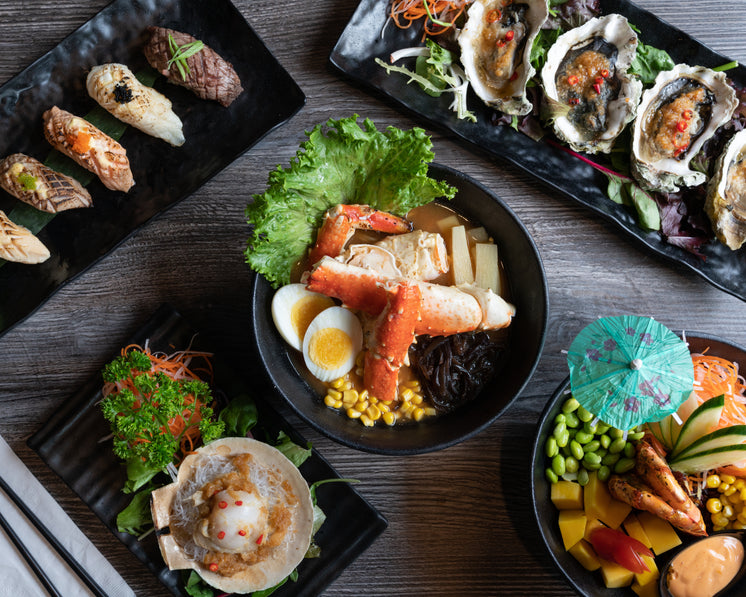Introduction
Sushi has become a popular and well-loved cuisine all around the world. With its origins in Japan, sushi has evolved into various forms and is now widely available in many countries. One of the most essential tools in making sushi is the rolling mat, also known as makisu. Traditionally, these mats were made of bamboo, but with the rise of silicone kitchen tools, silicone rolling mats have also become a popular choice. In this article, we will compare and contrast the two types of sushi mats – bamboo and silicone – and help you decide which one is the best for you.
History and Purpose of Sushi Mats
Sushi mats, also called makisu, have been used in Japan for centuries to make sushi. These mats were originally made of bamboo strips woven together, creating a flexible yet sturdy surface on which to roll sushi. The mats were designed to help chefs roll sushi tightly and evenly, ensuring that the rice and filling stay in place. Today, sushi mats are still used for the same purpose and are an essential tool for making sushi at home or in restaurants.
Bamboo Sushi Mats
Bamboo sushi mats are the traditional choice for rolling sushi and are still widely used in Japan and other parts of the world. These mats are made of thin bamboo strips that are woven together to create a flat and flexible surface. The bamboo is typically treated with a special oil to make it more durable and prevent it from absorbing moisture from the sushi rice.
Pros:
• Authenticity: Using bamboo sushi mats can add an element of authenticity to your sushi-making experience. These mats have been used for centuries in Japan, and using them can make you feel more connected to the traditional way of making sushi.
• Easy to use: Bamboo sushi mats are easy to use and require no special skills or techniques. Simply place your nori (seaweed sheet) on the mat, add your rice and fillings, and roll it up tightly using the mat.
• Affordable: Bamboo sushi mats are relatively inexpensive compared to silicone mats, making them a budget-friendly option for home cooks.
Cons:
• Difficult to clean: Bamboo mats can be challenging to clean, especially if rice or other ingredients get stuck in between the bamboo strips. It is recommended to clean them immediately after use and avoid using harsh cleaning products that can damage the bamboo.
• Not dishwasher safe: Most bamboo sushi mats are not dishwasher safe, which means you will have to wash and dry them by hand.
• Not suitable for use with hot ingredients: Bamboo mats are not heat-resistant and can get damaged if used with hot ingredients.
Silicone Sushi Mats
Silicone sushi mats are a relatively new addition to the sushi-making world. These mats are made of Food Blog-grade silicone, which is a non-stick and heat-resistant material. Silicone mats are designed to replace traditional bamboo mats and offer several advantages over them.
Pros:
• Easy to clean: Silicone sushi mats are effortless to clean, as they are non-stick and can simply be wiped down with a damp cloth. They are also dishwasher safe, making them a convenient option for home cooks.
• Heat-resistant: Unlike bamboo mats, silicone mats are heat-resistant, which means they can be used with hot ingredients without getting damaged.
• Multi-purpose: Silicone mats can also be used for other cooking purposes, such as baking and roasting, making them a versatile addition to your kitchen tools.
Cons:
• Less authentic: Silicone mats are a modern invention and do not carry the same level of authenticity as traditional bamboo mats.
• Can be tricky to use: Rolling sushi on a silicone mat can be a bit tricky, especially for beginners. The non-stick surface can sometimes cause the rice to slip, making it challenging to roll the sushi tightly.
• More expensive: Silicone sushi mats are more expensive than bamboo mats, which may not be ideal for those on a budget.
Which One Should You Choose?
Both bamboo and silicone sushi mats have their own set of advantages and disadvantages. The choice ultimately depends on your personal preference and needs. If you value authenticity and don’t mind putting in a little extra effort for cleaning, then bamboo mats may be the right choice for you. On the other hand, if convenience and versatility are important to you, then silicone mats may be a better option. It is also worth considering the frequency of use – if you plan on making sushi regularly, investing in a silicone mat may be a more practical choice in the long run.
Tips for Using Sushi Mats
Regardless of which sushi mat you choose, here are some useful tips to ensure that you get the best results:
• Use plastic wrap: To prevent rice from sticking to the mat, you can cover it with plastic wrap before placing your nori and ingredients. This will also make it easier to clean the mat afterward.
• Wet your hands: When working with sushi rice, wet your hands with water to prevent the rice from sticking to them. This will make it easier to spread the rice evenly on the nori.
• Roll tightly: To ensure that your sushi rolls hold together, roll them tightly using the mat. Apply gentle pressure as you roll, and use the mat to shape the roll.
• Practice makes perfect: Rolling perfect sushi takes practice, so don’t get discouraged if your first few attempts don’t turn out as expected. With time and practice, you will improve your sushi-making skills.
Conclusion
In conclusion, both bamboo and silicone sushi mats have their own unique features and advantages. Bamboo mats offer authenticity and affordability, while silicone mats provide convenience and versatility. Whichever one you choose, make sure to follow the tips mentioned above for the best results. Happy rolling!




